MINING
The majority of shotcrete used in mines is required for ground control. The design life for this type of support ranges from a few weeks to 50+ years. An important use of shotcrete in mining is to accommodate the earliest possible safe re-entry of equipment and workers into the excavated works with a view to optimizing development rates. Shotcrete is also used for applications ranging from ore-pass and drain construction, backfill barricades to reinforcing impact zones and constructing plugs for flood control or barriers for ventilation purposes. Requirements placed on shotcrete used in mines therefore vary significantly.
The overall approach to the design of shotcrete structures in mines resembles the approach used for civil tunnels and above-ground structures and involves consideration of stability, strength, serviceability, durability, and occasional other design requirements such as impact and wear resistance, and water penetration.
Underground Metalliferous Mining
Design for Strength
In most mining operations, the ground support design is based on previous experience and evolves over a number of years. In many instances there may be nothing technically wrong with the designs and the performance can be assessed to be suitable. However, rock mass conditions usually change with time (for example, stresses increase as the depth of mining increases and when the global extraction increases) and accordingly ground support performance may change and become unacceptable.
As most mines experience some degree of deformation or relaxation of the underground excavations over the life of the mine or even as soon as drives are developed, it is essential to also take into account the cycle of loading/unloading and temperature variations that shotcrete must accommodate.
Shotcrete can be used for additional support of wedges in blocky ground and can be very effective if applied correctly. This is because the base of a typical wedge has a large perimeter and hence, even for a relatively thin layer of shotcrete, a significant cross-sectional area of the material has to be punched through before the wedge can fail. The ideal application for shotcrete is in closely jointed rock masses. In such cases (without shotcrete applied), wedge failure would occur as a progressive process, starting with smaller wedges exposed at the excavation surface and gradually working its way back into the rock mass. In these circumstances, shotcrete provides very effective support.
The mining industry has traditionally used empirical methods supported by some form of rock-mass classification to design ground support systems. Rock-mass classification systems have been used to group areas of similar geomechanical characteristics, to provide guidelines for stability performance, and to select appropriate support. Examples of commonly used systems are:
- Q-system
- RMR system
- New Austrian Tunnelling Method (NATM)
- Ground Characteristics Curve Method
The main advantage of the Q classification system is that it is relatively sensitive to minor variations in rock properties. The descriptions used to assess joint conditions are relatively rigorous and leave less room for subjectivity, compared to other rock-mass classification systems. One disadvantage of the Q system is that it is relatively difficult for inexperienced users to apply.
Dynamic Loading
Mine designs for support with shotcrete tend to differ from tunnel design approaches as the orientation of the excavation, and depth and stress conditions can vary throughout an underground mine and over the life of the operation. For mining excavations where the shotcrete may be subjected to high stresses, squeezing ground, or dynamic loading, the design must take a system-based approach where the ground support system must be able to absorb energy by yielding through large displacements while maintaining support capacity.
Shotcrete can be perceived as not being able to manage dynamic loads due to its relatively high stiffness and its fundamentally brittle behavior. This results in the development of cracks in shotcrete under high static and dynamic loads, when a sudden load is applied over a very short time. Nevertheless, shotcrete is capable of keeping the ground tight by limiting rock mass dilation as opposed to mesh, which is purely passive.
Recently, some high-stress mines have adopted a mesh-over-shotcrete approach in order to better manage dynamic loads. Such a combination approach allows the shotcrete to keep the ground tight whereas the mesh can better absorb high levels of kinetic energy and accommodate larger deformations. Holding the ground together and preventing ejection of fly rock or shotcrete particles during a dynamic event is critical even though the rock immediately adjacent to an opening itself may be broken, and it is here where the combination of fibre-reinforced shotcrete, suitably embedded rock anchors, and mesh works well.
Fibre-reinforced shotcrete enhances the overall system through initial rupture strength and post-crack toughness and then, despite cracking into larger plates, appears to work as a composite system when combined with steel mesh and bolts. Energy absorption can also be enhanced with other support elements such as:
- Steel straps
- High tensile mesh straps
- Yielding bolts
- Diamond weave mesh
Note: Ground support linings that have been subjected to a dynamic event must be rehabilitated to bring the system back up to the originally designed capacity.
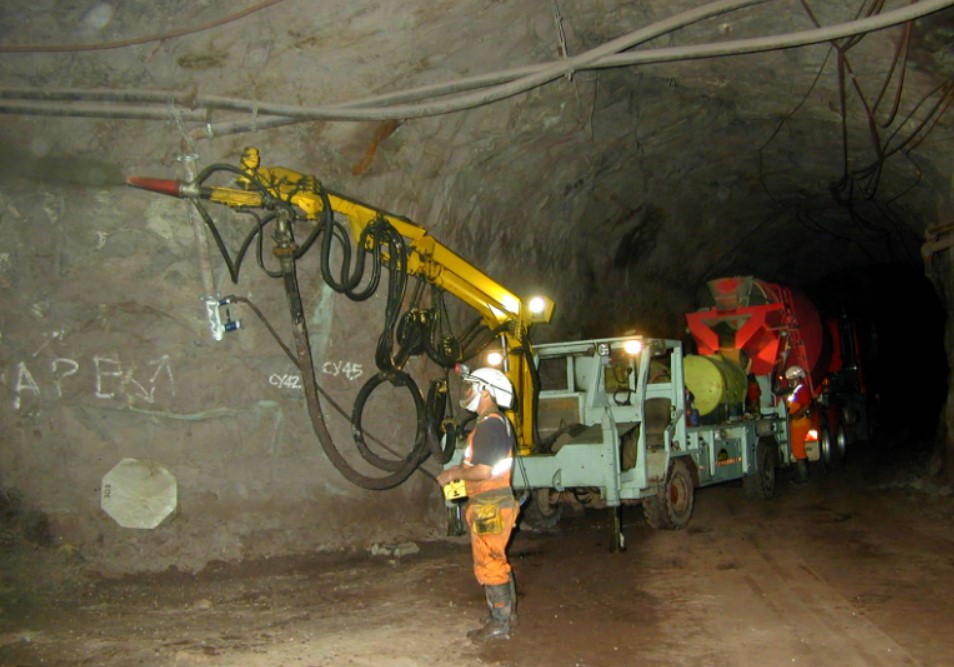
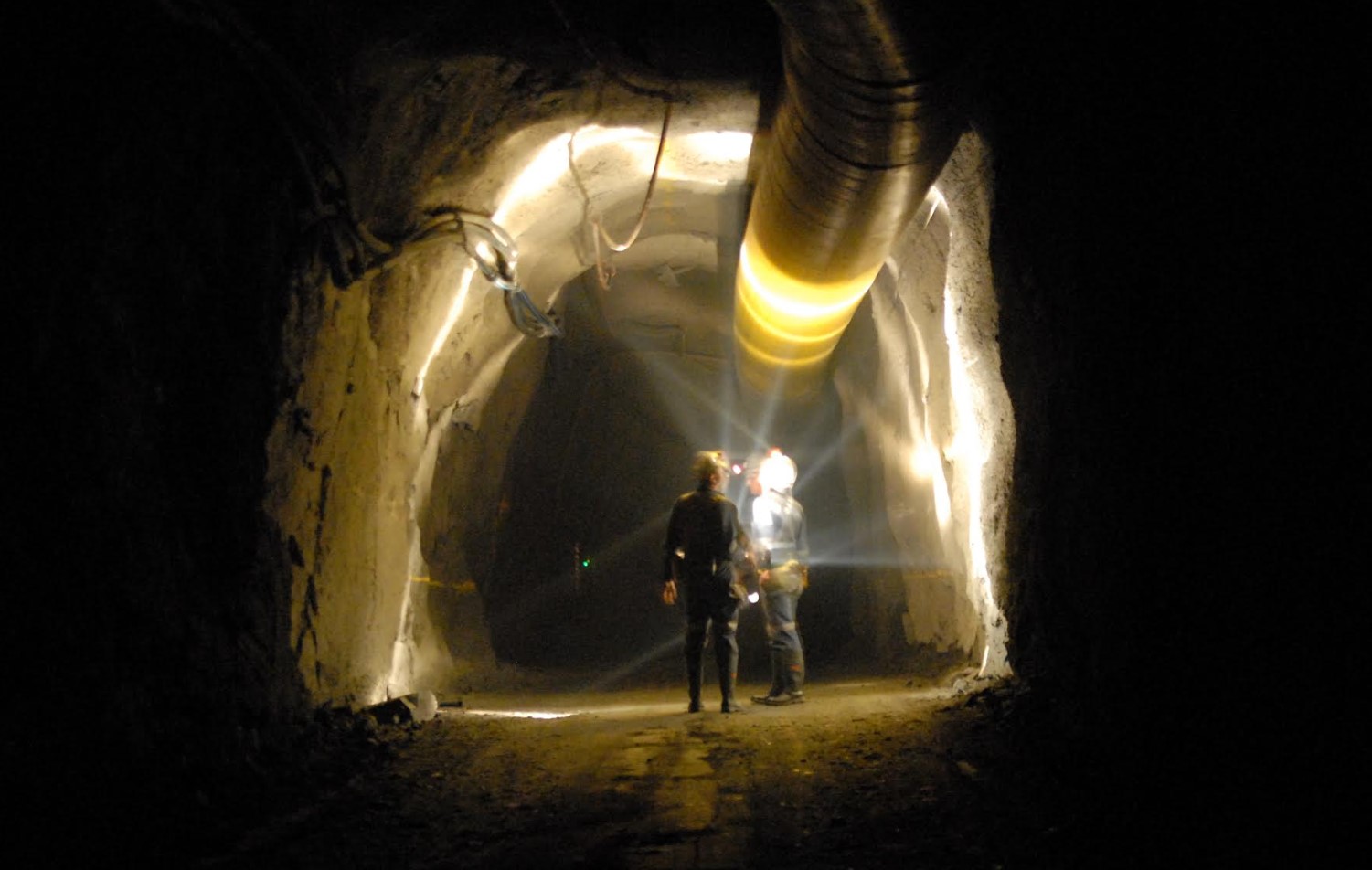
Quality Control for Shotcrete in Mines
Testing requirements for shotcrete in mines start with control of ingredients, just as for other types of ingredients. This means that manufacture of the concrete must comply with AS1379, aggregates must comply with AS2758.1, cement and supplementary cementitious materials (SCMs) must comply with AS3972, and admixtures must comply with AS1478.1. Production of concrete must be carried out by competent and experienced staff using equipment that is appropriate to the task.
Once the shotcrete is delivered to the point of spraying, sampling should be carried out so that the concrete as delivered and sprayed can be tested and shown to comply with requirements according to several well-established test methods. This includes: slump to AS1013.3, and cast cylinders to AS1012.9 to test concrete as delivered. Sprayed samples should be produced as panels for toughness (using ASTM C1550 RDPs) and coring (to AS1012.14) to confirm as-sprayed density and compressive strength. The density of the shotcrete my appear to be an odd parameter to measure but it is important to confirm that the density does not fall more than 2% compared to the density of cast concrete (made using the same batch of concrete). Low density indicates poor compaction which is a good predictor of poor overall performance and durability.
When producing sprayed panels it is critical to use the same dosage rate of set accelerator as used to spray the works. This is because the set accelerator has a very substantial effect on the performance of the shotcrete, so omitting the accelerator or using a different dosage rate will negate the value of conducting Quality Control testing. Spraying panels to the required thickness can be difficult when using high dosage rates of accelerator, or in warm conditions. In these cases, it is necessary to spray one panel at a time and screed it to the required thickness before spraying the next panel.
An important part of Quality Control is responding to failures appropriately. Non-conformances should not be ignored and ‘left for when I am less busy’: action should be taken to understand what the cause of failures may be and then make changes to ensure the problems do not persist. One very useful strategy is for sprayers to ‘take ownership’ of the shotcrete and test specimens they produce so that failures can be identified quickly and good spraying rewarded.

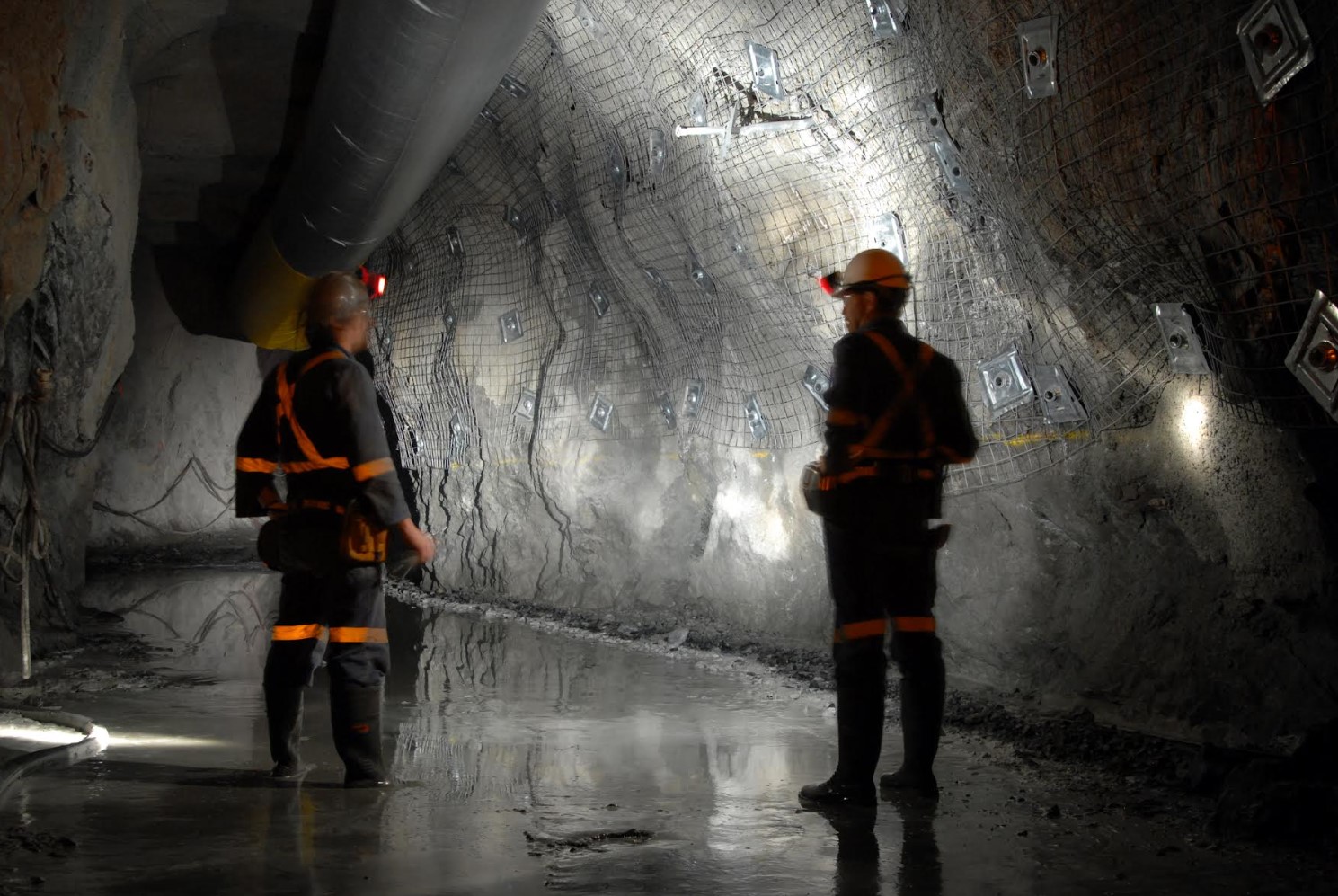
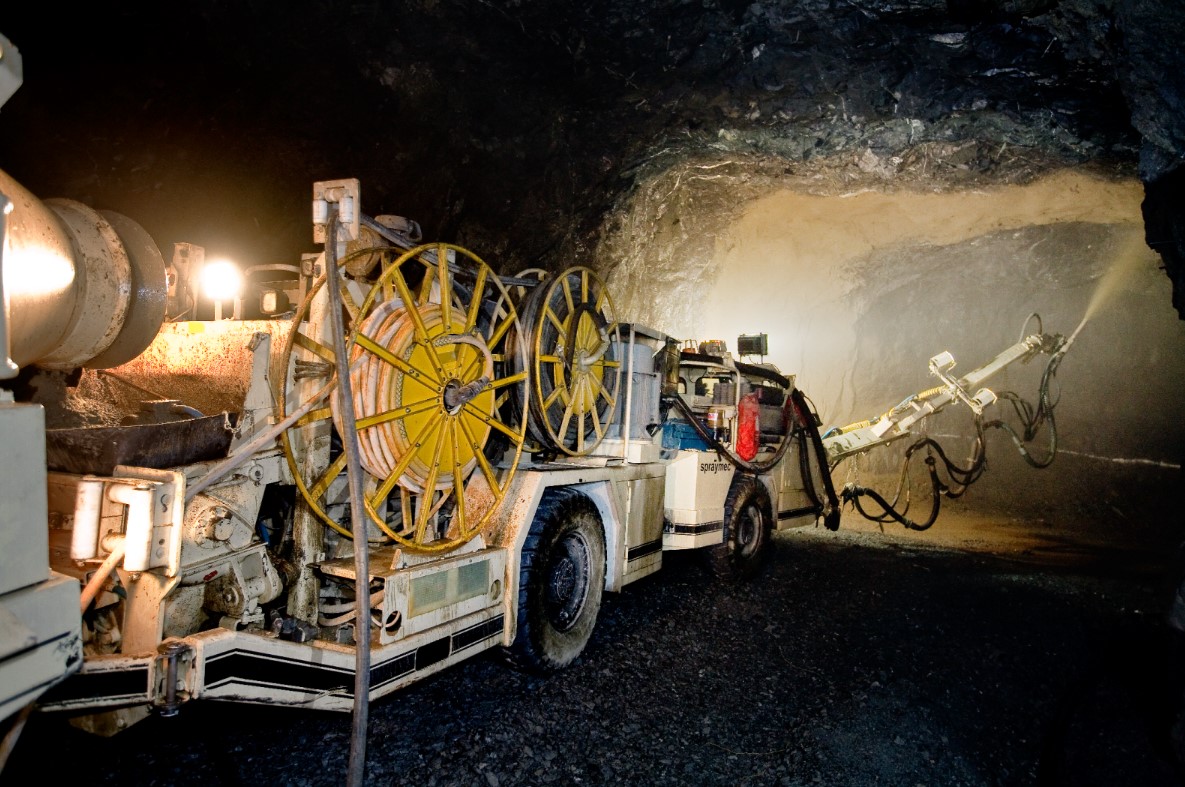
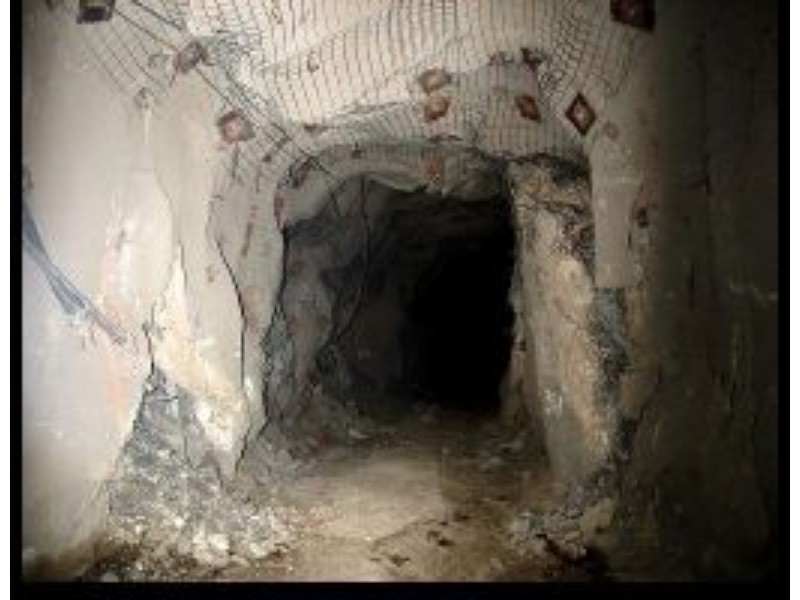
Durability
Durability describes the ability of a structure to resist the environmental exposure conditions likely to occur during its intended life without the need for undue maintenance. These environmental exposure conditions may include chemical attack of the concrete matrix and corrosion of the reinforcement. The environmental conditions prevalent in some mines are among the most severe in existence anywhere.
The dissolved salt content in many mines, and the acidity of groundwater associated with volcanic sulfides in particular, can be extremely aggressive toward cementitious materials and steel reinforcement. For these reasons, the durability requirements for the shotcrete matrix may require special attention by controlling the mix design of the concrete matrix through such measures as:
- Limiting the maximum w/c ratio
- Limiting the total content of calcium aluminate, depending on the expected exposure conditions (see AS3600)
Controlling the maximum dosage rate of set accelerator is one of the most effective means of improving the durability of shotcrete. Aluminium sulphate-based set accelerators, for instance, increase susceptibility to sulphate attack, making dosage management critical.
Underground Coal Mines
The underground coal mining industry in Australia has recently seen an increase in the use of shotcrete. One key reason is its recognition as an effective means of controlling gas levels and coal dust within mines. Coal dust not only presents a risk of explosion but can also lead to ‘black lung disease’ (coal workers' pneumoconiosis) among underground workers. In addition, shotcrete is highly effective for ground control.
The properties of fibre-reinforced shotcrete (FRS) required for ground stabilization in underground coal mines are very similar to those for metalliferous mines:
- Compressive strength: 32–40 MPa
- Energy absorption: 360–400 Joules at 40 mm central deflection (ASTM C1550 round panel tests)
- Lining thickness: 50–75 mm for normal ground control, increasing to 150 mm for unstable regions or areas requiring impact resistance
Since mesh and bolts are generally applied before the FRS, there is seldom a minimum early-age strength development requirement. Shotcrete is usually applied in a ‘campaign’ style over approximately 100 m of drive at a time.
Shotcrete linings in underground coal mines are almost all flat, conforming to the rectangular profile of drives within these mines. The bond between concrete and coal is usually quite good, but since the coal itself is highly friable and has nearly zero tensile strength, the bond between the lining and the ground can be considered non-existent. Durability requirements for shotcrete in coal mines are generally less severe than for metalliferous mines.
The major difference in shotcrete operations between underground coal mines and metalliferous mines concerns the flame risk associated with equipment. All equipment used in underground coal mines must be resistant to hot sparking and flame generation. This entails:
- Restrictions on metals like aluminium and titanium in machinery
- Spark-proof insulation around electrical lines
- Controls on emissions from internal combustion engines and compressors
While pneumatic motors are generally preferred to avoid flame ignition, they are gradually being phased out in favor of other technologies.
Also see: Concrete Institute of Australia - Shotcreting in Australia



